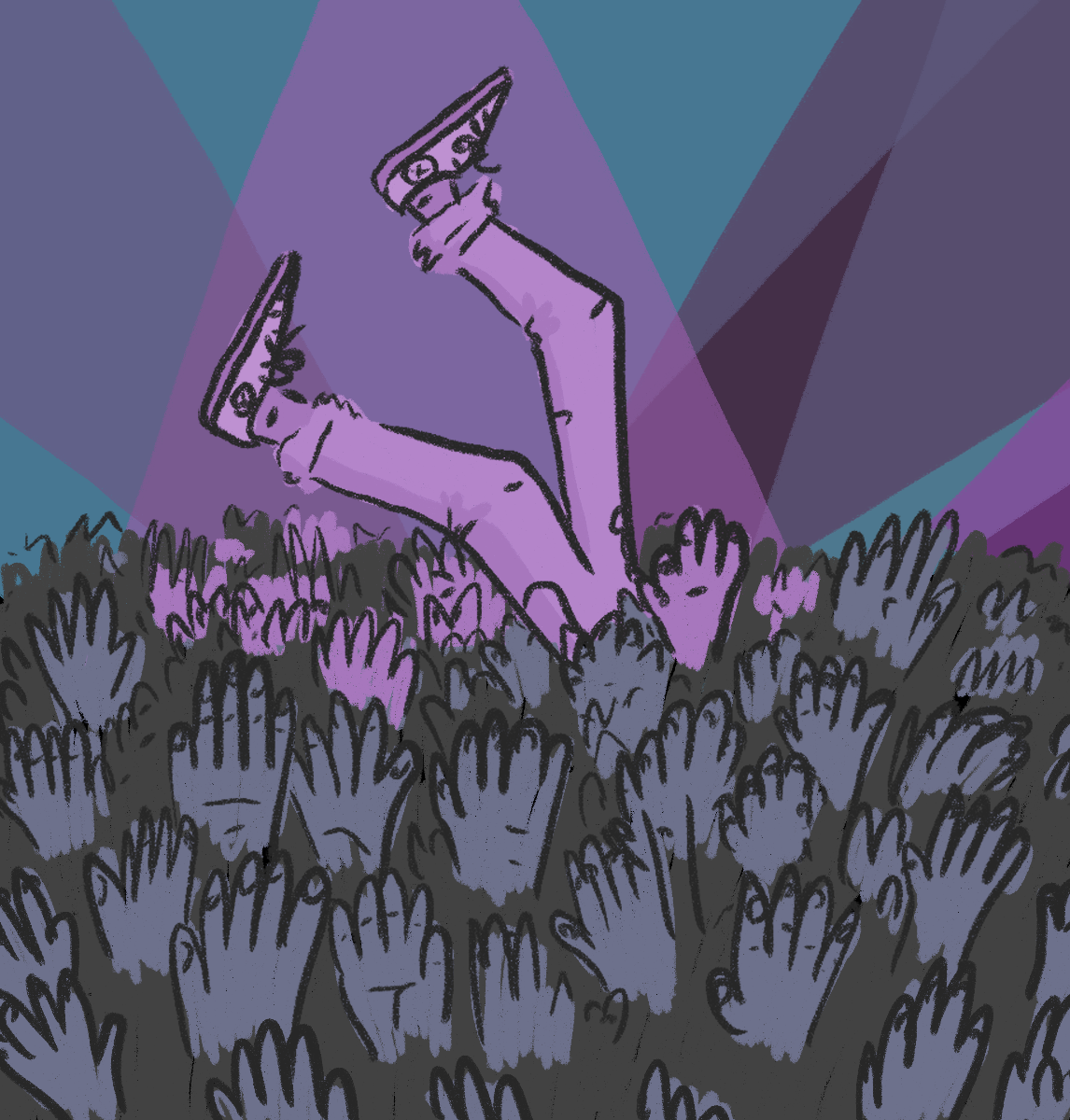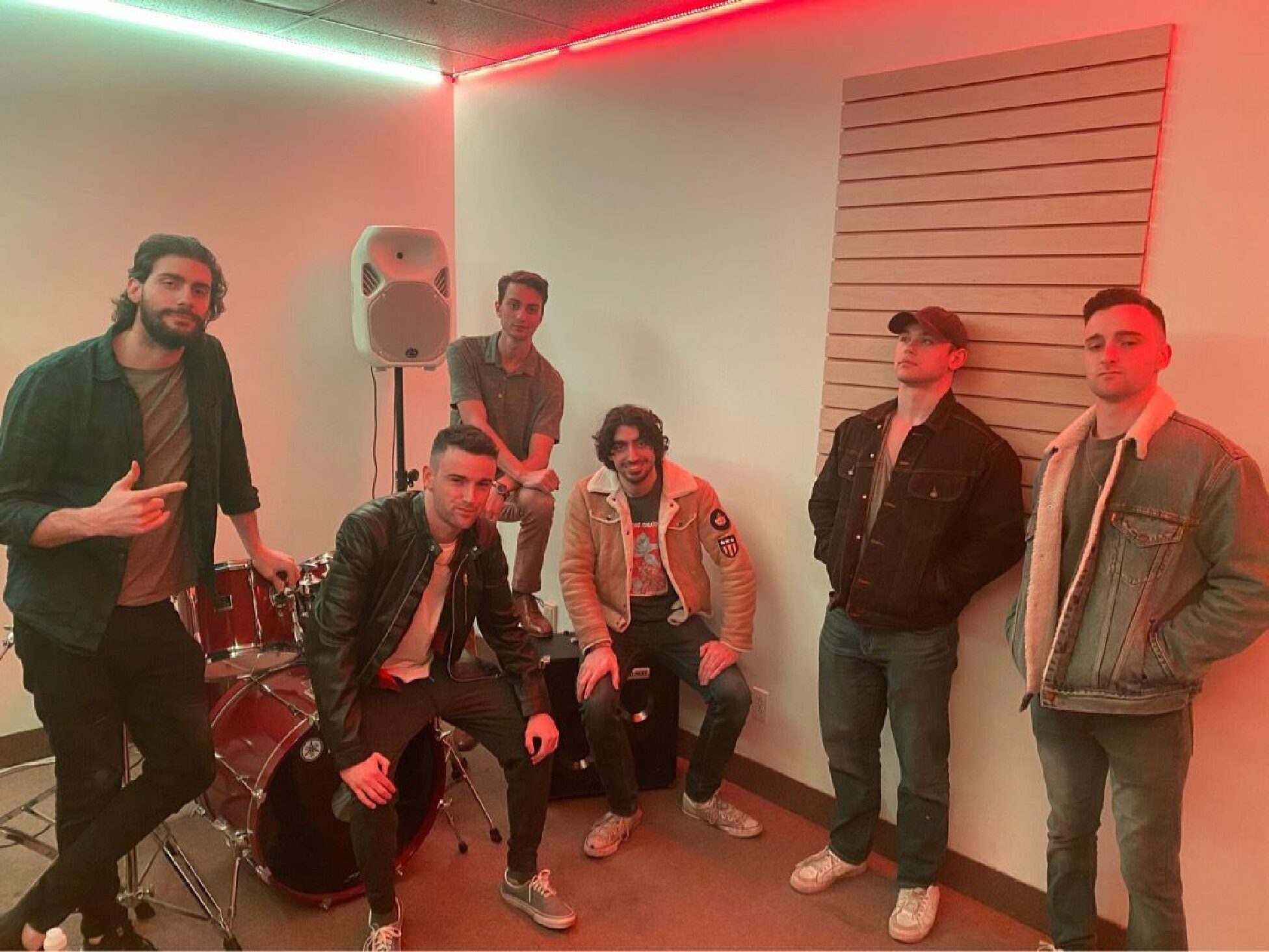Diving into the unique environment of black heavy metal concerts
Last month, I had the opportunity to see the legendary Norwegian black metal band Mayhem perform at Club Soda. They were set to play their classic album, De Mysteriis Dom Sathanas. This was the second time I would be seeing them perform live. On both occasions, there was a palpable energy in the air. At the first concert, as I approached the venue, I immediately noticed that there were a handful of protesters out front.
I had no idea what they were protesting. Could it be the fact that Mayhem sometimes uses dead animals as stage props? Or, that one of their album covers has a photo of a former band member with a self-inflicted gunshot wound on his head? I discovered that it was actually related to a racist comment the drummer had made in the 90s. In 2004, the drummer had retracted his comments, however.
The reality is that people who listen to this type of music often speak about the “feeling” of the music, rather than the comments of the intentionally offensive musicians. After all, being offensive is part of the business. However, if that first impression stops you from seeing a black metal band in concert, you will be missing out on something special.
At my second Mayhem concert, the protesters were absent but, not unlike my first experience, there was a line of police officers in front of the venue. After having passed through security and having had number of alcoholic beverages, I entered the main floor and found myself in a friendly atmosphere.
The room soon filled with people in black t-shirts that featured ghoulish pictures of Satan, cryptic band logos and all manner of blasphemous imagery. The demographic included men and women ranging from their mid-fifties right down to nervous 18-year-olds attending their first concert.
When the opening act finished their set, there was a change in the air. It was as if all of our minds were buzzing with anticipation. I found myself talking to absolute strangers, and there was camaraderie and a shared notion between the concert-goers that we would soon be witnesses to something almost secret and hidden from the outside world.
Following a 40-minute wait, the lights dimmed and a cloud of fog engulfed the stage. Within a matter of minutes, Mayhem took the stage. Several of the band members were dressed in black hooded robes, not unlike how one might imagine a band of diabolical monks. The singer himself was not wearing a robe, but he was so enshrouded in the artificial mist that you couldn’t actually see what he was wearing.
It was at that point that a wave of sound lit the room ablaze, and soon the center of the floor area began to stir violently with activity, like a rhythmic organism composed of several hundred human beings. Within the mosh pit, the concert-goers had become one. Soon, I found myself being sucked into the maw of the beast.
Once I had arrived in the belly of this crazy monster, my senses were on high alert despite the amount of alcohol that was flowing through my system. After 10 minutes of “mayhem,” I managed to drift out of the pit, drenched in sweat and watched the rest of the show from the side.
It occurred to me, after reflecting on that night, that within that darkened venue which belched fog and blasted the ear drums of a couple hundred fans with deafening black metal, something unique had transpired. My thoughts were centered on the very nature of the mosh pit.
Within the extreme environment of a black metal concert, there exists a counterintuitive social phenomenon—the mosh pit. It does not care about your age, sex or gender. Regardless of who you are, it will chew you up and spit you out. Everybody is welcome to join at their own risk. How you identify does not matter to it. Its intrinsic nature is composed of a chaotic environment which manifests within itself complete egalitarianism.
Even if you disagree with the message and outlook of black metal and its propensity to offend individuals, one cannot deny its acceptance and facilitation of gender equality in a live performance setting. In a dimly-lit venue and the surrounding chaos, no one cares who you are or how you identify. The boundaries are broken and there is only the music.





There should be no boundaries, music, free speech, orientation and spiritual view, all perfect.